Budgeting
Buying a home is an exciting milestone, but it’s important to be financially prepared. Budgeting effectively ensures a smoother purchasing process and helps you avoid unexpected expenses. Below, we’ll break down the key costs to consider and strategies for saving.
Expenses to Budget For
Down Payment: The minimum down payment in Canada is 5% of the purchase price for properties up to $500K. For homes above $500K, you’ll need 10% for the portion exceeding $500K. A larger down payment reduces your mortgage payments.
Home Inspection: Typically costs between $600 - $900, depending on the property’s size and type.
Appraisal Fees: If required by your lender, an appraisal determines the property’s market value.
Lawyers: Hiring a lawyer to handle the transaction usually costs between $2,000 - $3,000, depending on the purchase price and financing details.
Moving Costs: Whether hiring movers or renting a truck, budget for moving expenses if applicable.
Repairs and Renovations: Some homes may need immediate updates or maintenance, so it’s smart to set aside funds for unexpected costs.
Upfront Costs
Mortgage Payment: Varies based on loan amount, interest rate, and amortization period.
Property Taxes: approx. 1% of the purchase price if unknown
Utilities: Covers electricity, water, heating, and cooling
Home Insurance: Protects against damage, theft, and liability.
Internet & Cable: Depends on provider and package.
Condo Fees / HOA Fees: (if applicable)
Monthly Costs
Saving for a Down Payment
Saving for a down payment is often one of the biggest challenges in homeownership, but with a strategic plan, your real estate goals are within reach.
How Much Do You Need?
5% minimum for homes up to $500K
10% on the portion above $500K
A larger down payment reduces your mortgage loan and overall interest costs.
Programs to Help You Save
RRSPs: If you’re a first-time home buyer, the Home Buyer’s Plan (HBP) allows you to withdraw up to $60,000 from your RRSPs tax-free. Keep in mind, you’ll need to meet the eligibility requirements and repay the amount into your RRSPs within 15 years.
First Home Savings Account (FHSA): The new FHSA is another great option for first-time buyers, with similar tax benefits on contributions as an RRSP. However, unlike an RRSP (which is meant for retirement), the FHSA is specifically for buying a home, so you don’t have to repay what you withdraw. The lifetime maximum contribution to this account is $40,000.
Buying a home is an exciting milestone, but it’s essential to know how much you can comfortably afford and have an accurate estimate of all the expenses involved. Our Home Buying Budget Sheet helps you plan ahead by calculating mortgage payments, factoring in upfront costs, and comparing expenses across different properties or price ranges. With a clear financial picture, there are no surprises—just smart decisions and peace of mind. Take control of your budget and stay financially prepared for your home purchase.
Track Your Income and Expenses
To save effectively, it’s essential to know exactly how much money is coming in and going out. If you’re not keep track of your finances, here are a few simple steps you can follow:
1. Track Spending
Start by noting every expense for a month—big or small. This helps you determine what you can cut back on.
2. Set Goals
How much do you need for your ideal home and when would you like to move? Break it down into monthly targets.
3. Automate It
Set up auto transfers into your savings on payday so you don’t have to even think about it.
Budgeting for a home is more than just preparing for the purchase—it’s about building financial habits that benefit you long-term. By tracking expenses, setting savings goals, and using available programs, you can make homeownership a reality.

